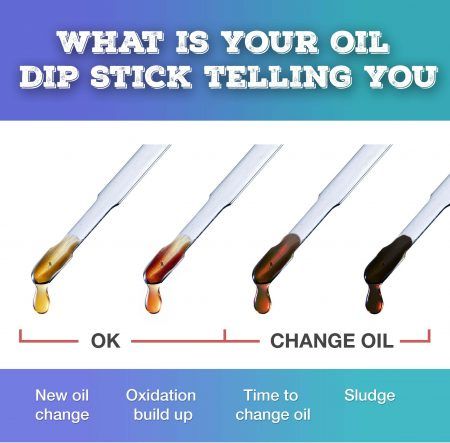
Regularly changing your car’s oil is crucial for maintaining engine performance and prolonging its lifespan. While it may seem daunting, changing your car’s oil is a simple process that you can perform yourself with just a few tools and some basic knowledge. This step-by-step guide will walk you through the process, ensuring a clean and seamless oil change every time.
What You’ll Need
Before you begin, gather the following tools and supplies:
Oil filter
New oil
Oil pan or bucket
Socket wrench
Oil filter wrench
Funnel
Shop towels or rags
Oil filter gasket
Step 1: Prepare Your Car
First, make sure your car is parked on a level surface and that the engine is cool. This will prevent any potential accidents and allow the oil to drain more effectively.
Step 2: Locate the Oil Drain Plug
Next, locate the oil drain plug underneath your car. You may need to refer to your vehicle’s manual for specific instructions on its location. Once you find it, place the oil pan or bucket underneath to catch the used oil.
Step 3: Remove the Oil Drain Plug
Using a socket wrench, carefully remove the oil drain plug. Be cautious as the oil may still be hot. Allow the oil to drain fully into the pan or bucket.
Step 4: Remove the Old Oil Filter
While the oil is draining, locate the oil filter. It is usually cylindrical and attached to the engine. Use an oil filter wrench to loosen and remove the old oil filter in a counterclockwise motion. Make sure to have a rag handy to catch any drips or spills.
Step 5: Replace the Oil Filter
Take the new oil filter and apply a thin layer of fresh oil to the rubber gasket on the top. This will ensure a proper seal and easier removal during the next oil change. Screw on the new oil filter by hand, ensuring it is snug but not overtightened.
Step 6: Drain and Replace Oil
Once the old oil has finished draining, replace the oil drain plug. Refer to your vehicle’s manual for the appropriate torque specifications. Now, use a funnel to pour fresh oil into the engine. Consult your car’s manual or dealership for the recommended oil type and capacity.
Step 7: Check Oil Level
Once you have added the appropriate amount of oil, let it settle for a few minutes. Then, use the dipstick to check the oil level. Wipe it clean, reinsert it, and pull it out again to get an accurate reading. Add more oil if necessary.
Step 8: Dispose of the Used Oil
Used oil is considered hazardous waste and should never be thrown in the trash or poured down the drain. Take it to an authorized recycling center or an automotive shop that accepts used oil for proper disposal.
Step 9: Clean Up
Lastly, clean up any spills or messes with shop towels or rags. Make sure the oil drain plug and oil filter are securely tightened to avoid leaks.
Conclusion
Changing your car’s oil doesn’t have to be a daunting task. By following this step-by-step guide, you can confidently perform an oil change and maintain your vehicle’s performance and longevity. Remember to always refer to your vehicle’s manual for specific instructions and recommended oil types. Regularly changing your car’s oil will help keep your engine running smoothly for years to come.

